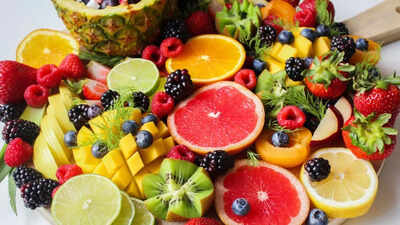
Tomatoes quietly rule our plates, bananas follow close behind and apples aren’t giving up the spotlight either. But which fruits actually top the global charts, not just in taste but in sheer volume? Using the latest available data from the Food and Agriculture Organization (FAO), we now know which fruits the world truly can’t get enough of. Some are tropical favourites gone global, others are humble staples hiding in plain sight. But together, they make up the most widely consumed fruits on Earth and chances are, you’ve had at least three of them this week.
7 most eaten fruits in the world
Tomato
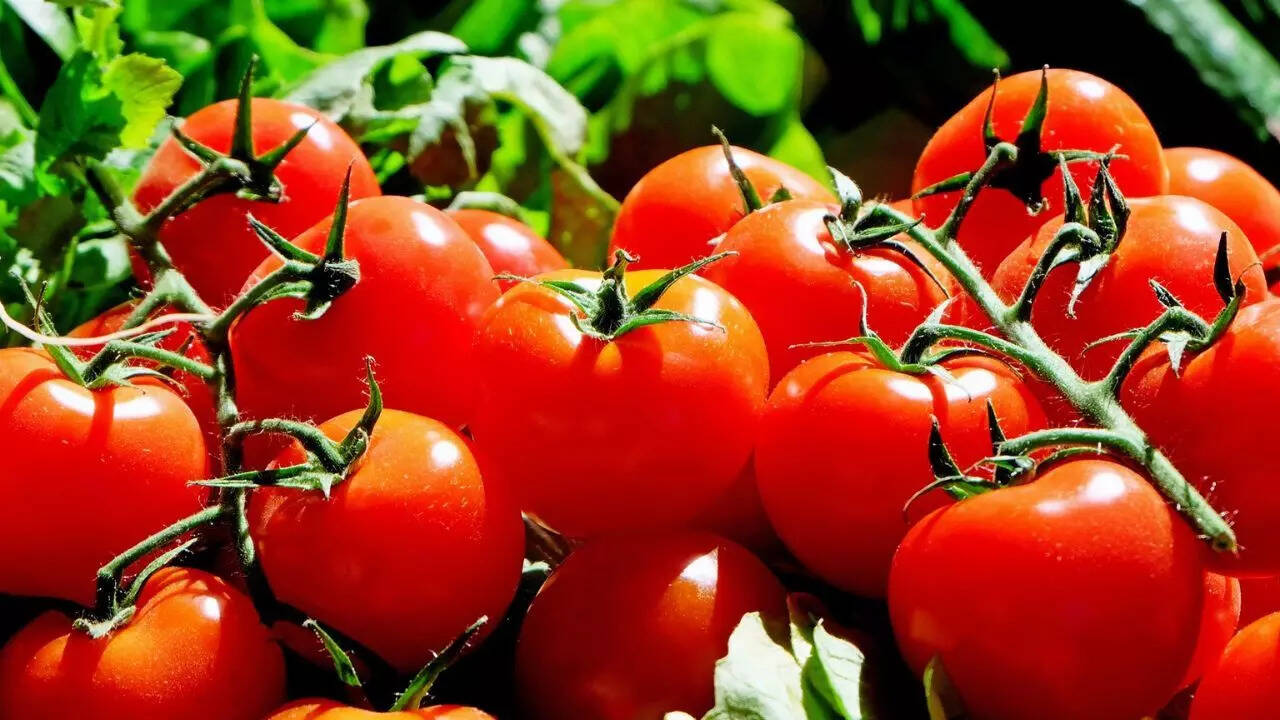
Whether you call it a fruit or a vegetable in daily life, there’s no denying tomatoes are everywhere. From pasta sauces to curries, salads to soups, they sneak into almost every cuisine with ease. According to FAO’s latest global data, over 186 million tonnes of tomatoes were produced worldwide, putting them right at the top of the list. China alone accounts for nearly 37% of that massive number, followed by India and the United States. Their versatility in both cooked and raw dishes makes tomatoes a non-negotiable part of the global diet.
Banana

There’s something universally comforting about bananas. Maybe it’s their sweetness, their portability, or just the fact that they show up at breakfast tables from Delhi to Dublin. FAO’s data shows that global banana (and plantain) production hit over 179 million tonnes. India is the largest contributor, followed closely by China and Indonesia. Unlike many fruits, bananas grow all year round, making them a constant presence in grocery stores and local markets. And let’s be honest, no fruit is as snackable, anywhere, anytime.
Watermelon
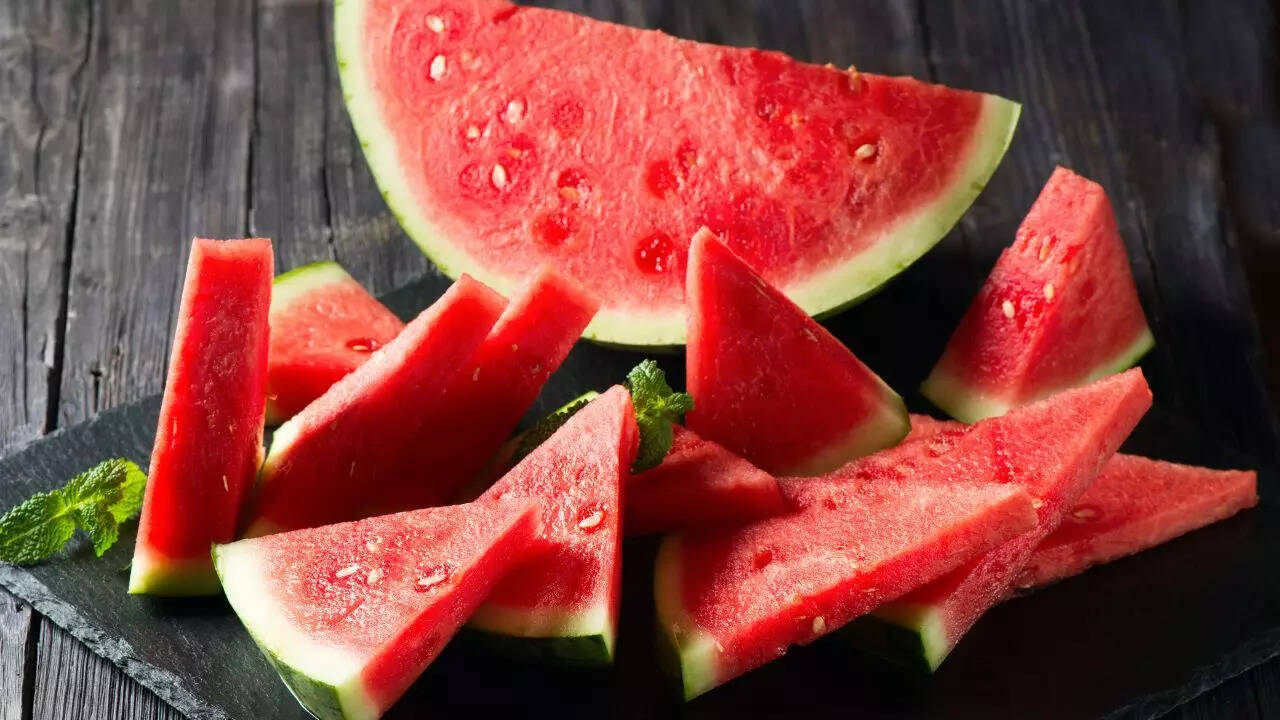
You can practically hear summer when someone says watermelon. But its reach goes far beyond picnic blankets and beach days. Watermelon production globally touched nearly 105 million tonnes, with China alone responsible for a jaw-dropping two-thirds of the total. It’s not just eaten fresh, juices, desserts, and even savoury salads have made this fruit a favourite across continents. From Egypt to the US, when the temperature rises, watermelon sales explode. But even off-season, this juicy fruit keeps finding its way to tables.
Apple
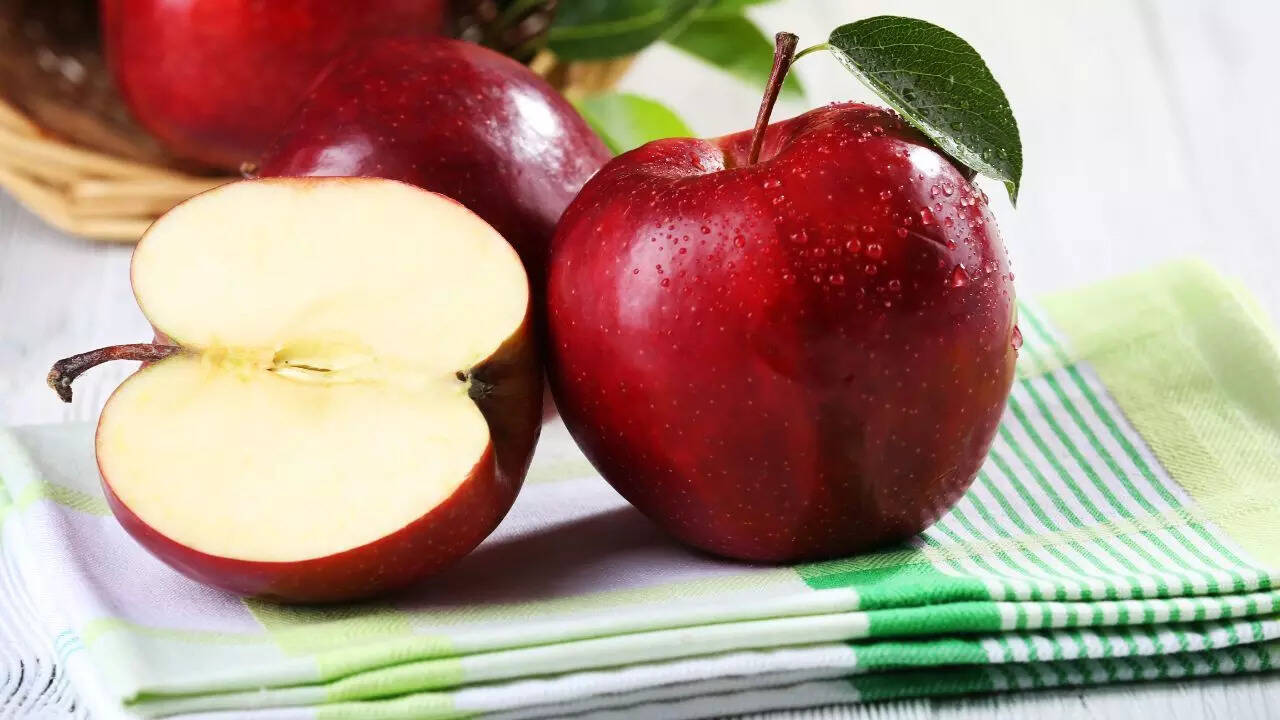
There’s a reason they say an apple a day keeps the doctor away. But turns out, it also keeps the world well-fed. Apple production globally stood at nearly 96 million tonnes in the most recent FAO reporting. China leads the charge here again, followed by the US and Poland. What gives apples their staying power is not just their taste, but also their shelf life, portability, and endless variety, from sweet red delicious to tart granny smiths. Whether raw, baked, juiced or sliced into salads, apples are a fruit for all seasons and all ages.
Grape
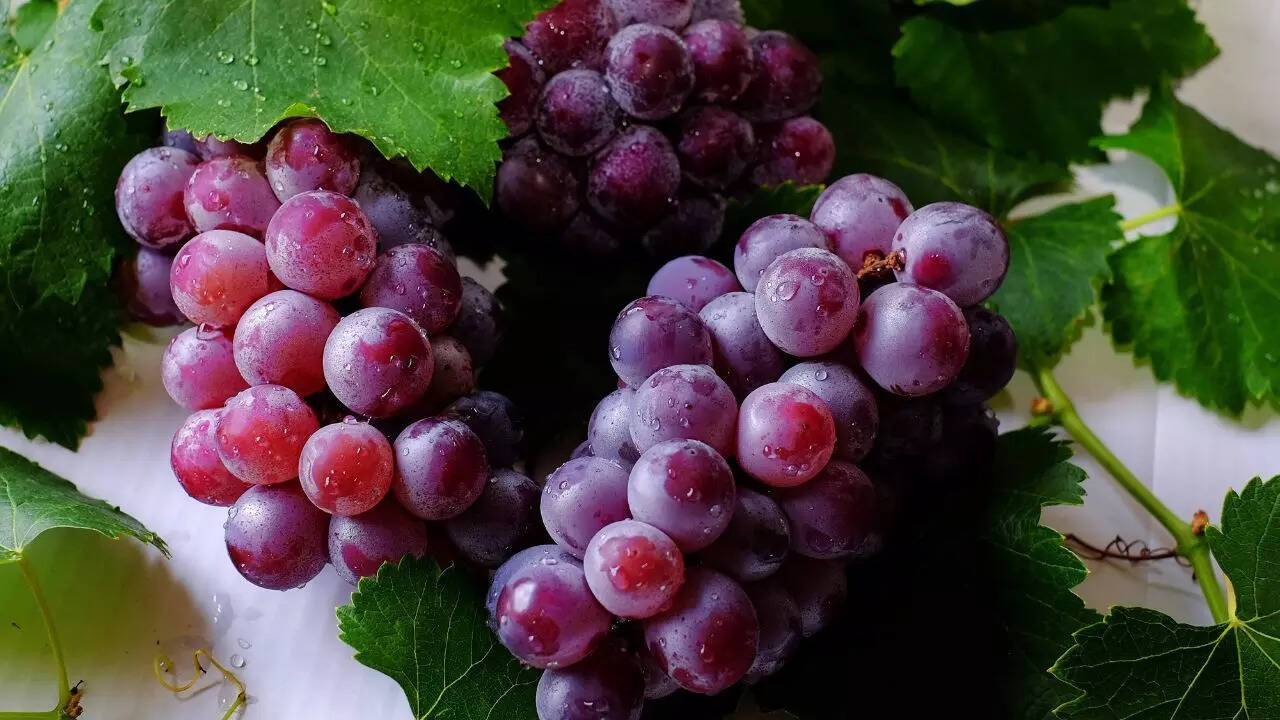
Don’t be fooled by their small size, grapes carry big weight globally. In 2023, grape production was estimated at around 72.5 million tonnes. China holds the top spot in output, with Italy and France close behind, thanks in part to their wine industries. But grapes are much more than just future wine, they’re eaten fresh, tossed into fruit bowls, and dried into raisins. Their soft texture and burst of sweetness have made them a hit across lunchboxes, charcuterie boards, and everything in between.
Orange
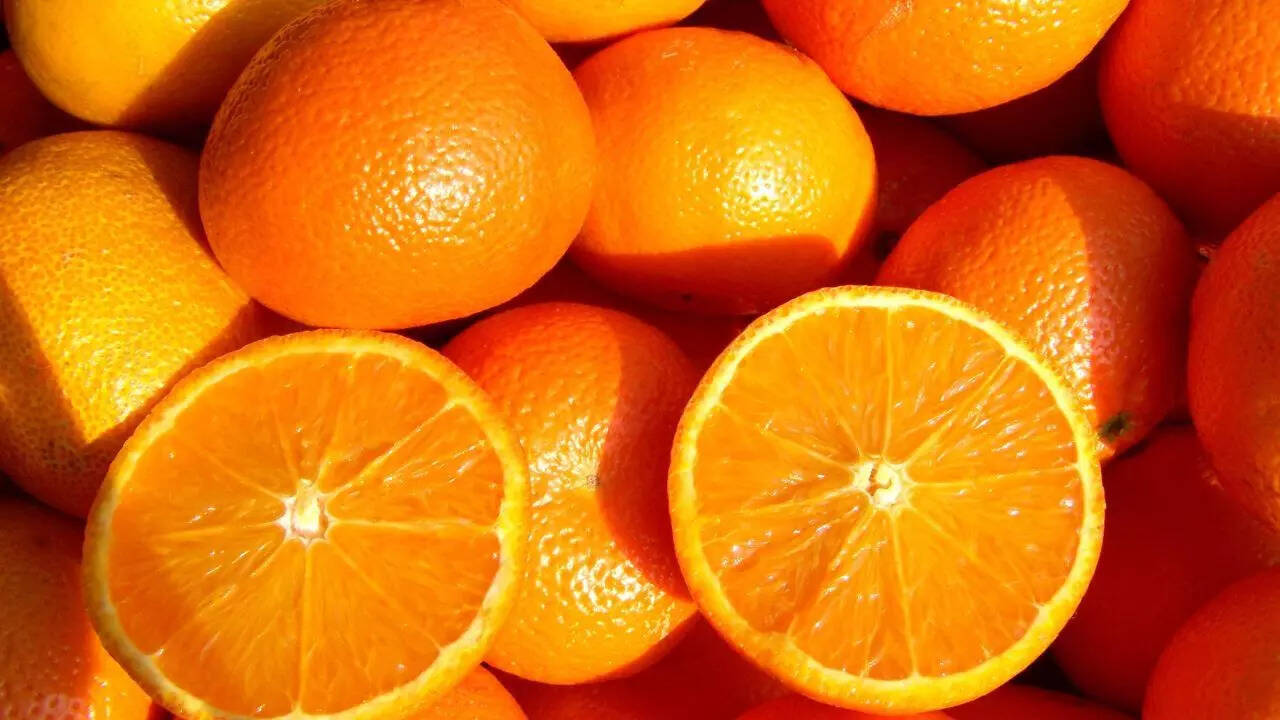
You can taste the sunshine in every bite of an orange, which might explain why it’s one of the most grown and consumed fruits worldwide. FAO’s recent estimates place orange production close to 76 million tonnes, making it the world’s favourite citrus fruit. Brazil takes the crown for the highest output, with India and China also churning out massive numbers. Beyond being a breakfast juice staple, oranges show up in desserts, marinades, salads and more. Their balance of sweet and tangy has universal appeal, and their immune-boosting rep doesn’t hurt either.
Mango and guava
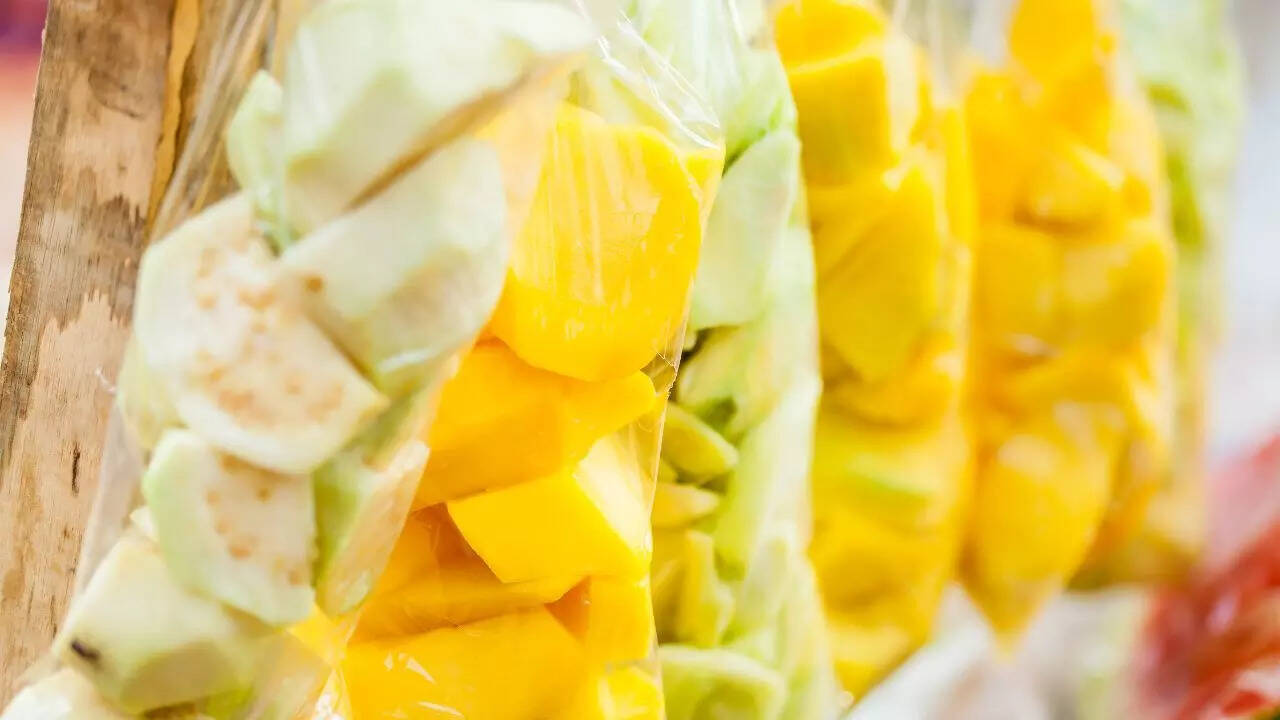
Grouped together in FAO’s global fruit data, mangoes and guavas together reached around 59 million tonnes. While mangoes steal most of the spotlight, especially in countries like India, guavas quietly hold their own in tropical regions. Mangoes are rich, juicy, and often considered the “king of fruits” in South Asia, while guavas pack a punch of flavour and nutrients. Together, they’re the tropical duo the world can’t resist, whether eaten raw, blended into drinks, or turned into jams and chutneys.Also read| From flaxseeds to dark chocolate- 8 foods that influence female hormones

